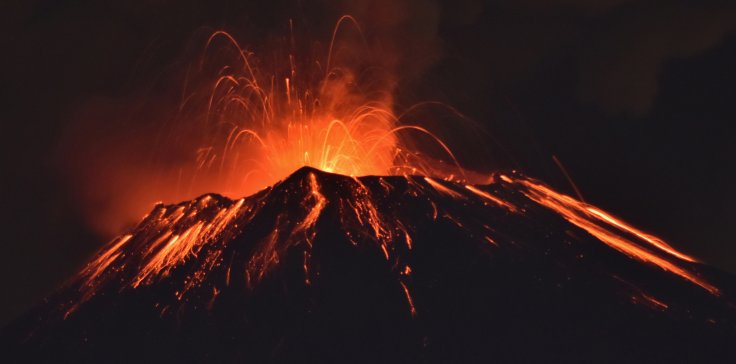
Small crystals in volcanic rocks can help one predict the advance warnings of volcanic eruptions.
Research by Teresa Ubide from the University of Queensland and Prof. Balz Kamber from Trinity College, Dublin has found that crystals formed inside a volcano move upwards from depths of up to 30 km towards the Earth's surface.
These crystals accumulate materials during its movement and change its composition on its way to the surface. The history of these accumulated layers can be estimated in the similar way one gets to know the history of a tree from the number of rings on its trunk.
Dr. Ubide said, "They essentially 'record' the processes right before the eruption starts. At Mount Etna, we found that the arrival of new magma at 10 km depth is a very efficient trigger of eruptions- and within only two weeks."
The tremors at the depth of magma recharge have been found as a serious sign of a potentially imminent eruption. This method allows establishing the relationship between recharge depth, recharge frequency, and eruption efficiency.
Researchers say that the new approach helps to study volcanoes which have remained dormant. Geologists can collect lava from the previous eruptions to study the crystals. The recent eruption of Mount Agung in Bali proves that volcano eruptions are indeed difficult to predict.
The sudden eruption of Mount Agung led to the evacuation of more than 70,000 people. It has also affected over 100,000 travelers.
The research was solely based on Mount Etna, in Sicily, which is considered the most active volcano in Europe. Researchers plan to expand their studies to other volcanoes around the world. They also aim to include information with geophysical signs of magma movement.









